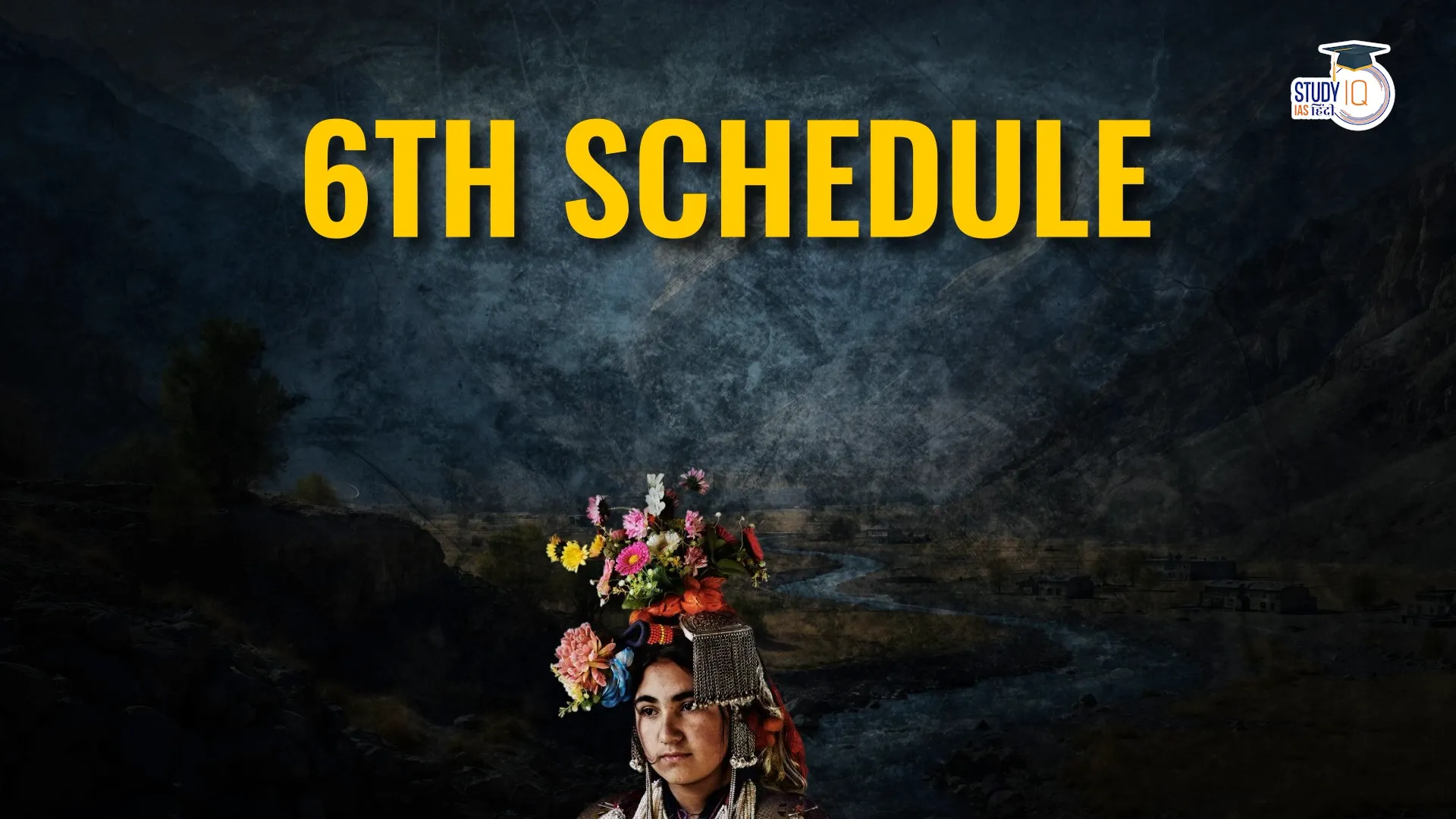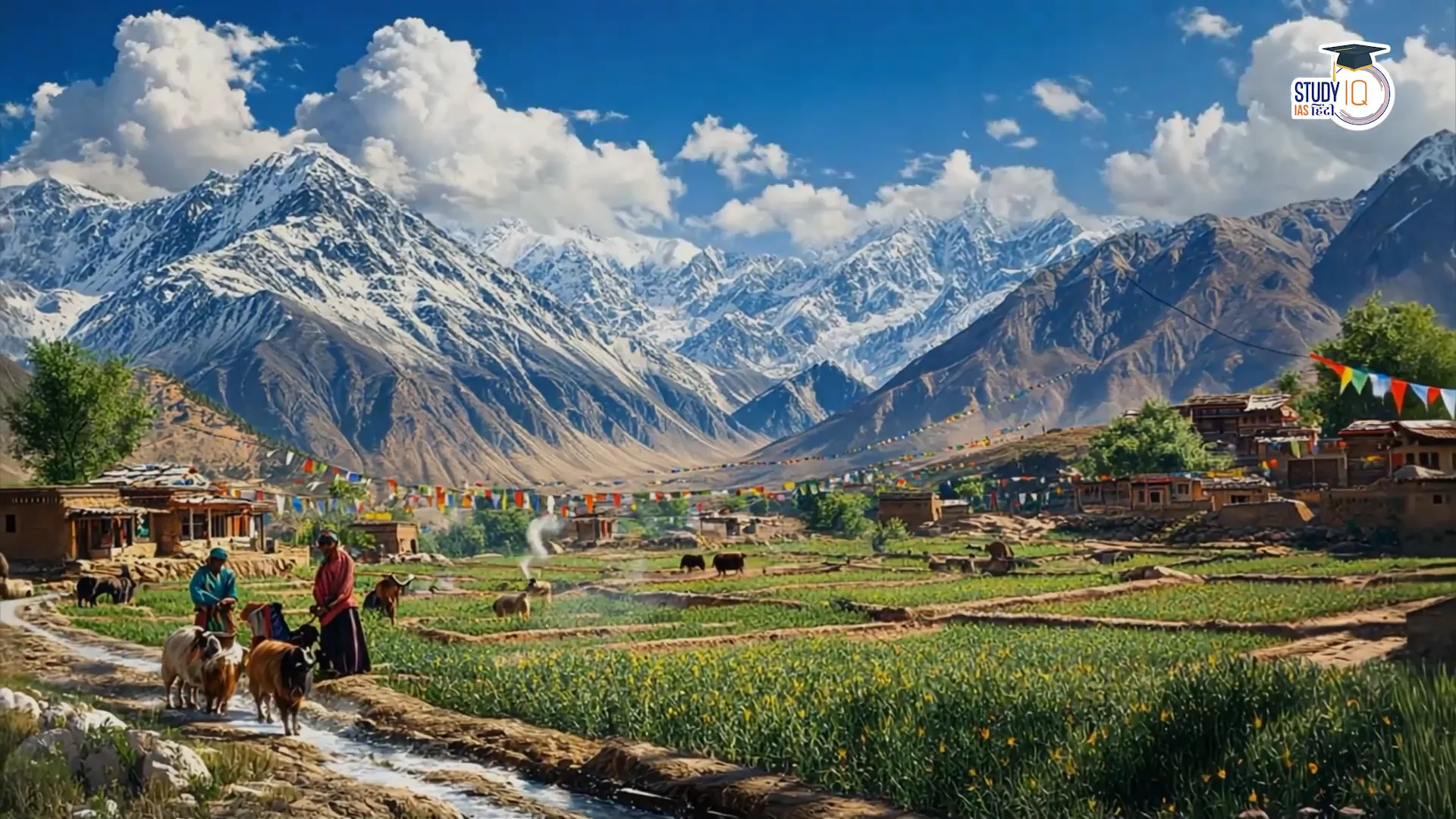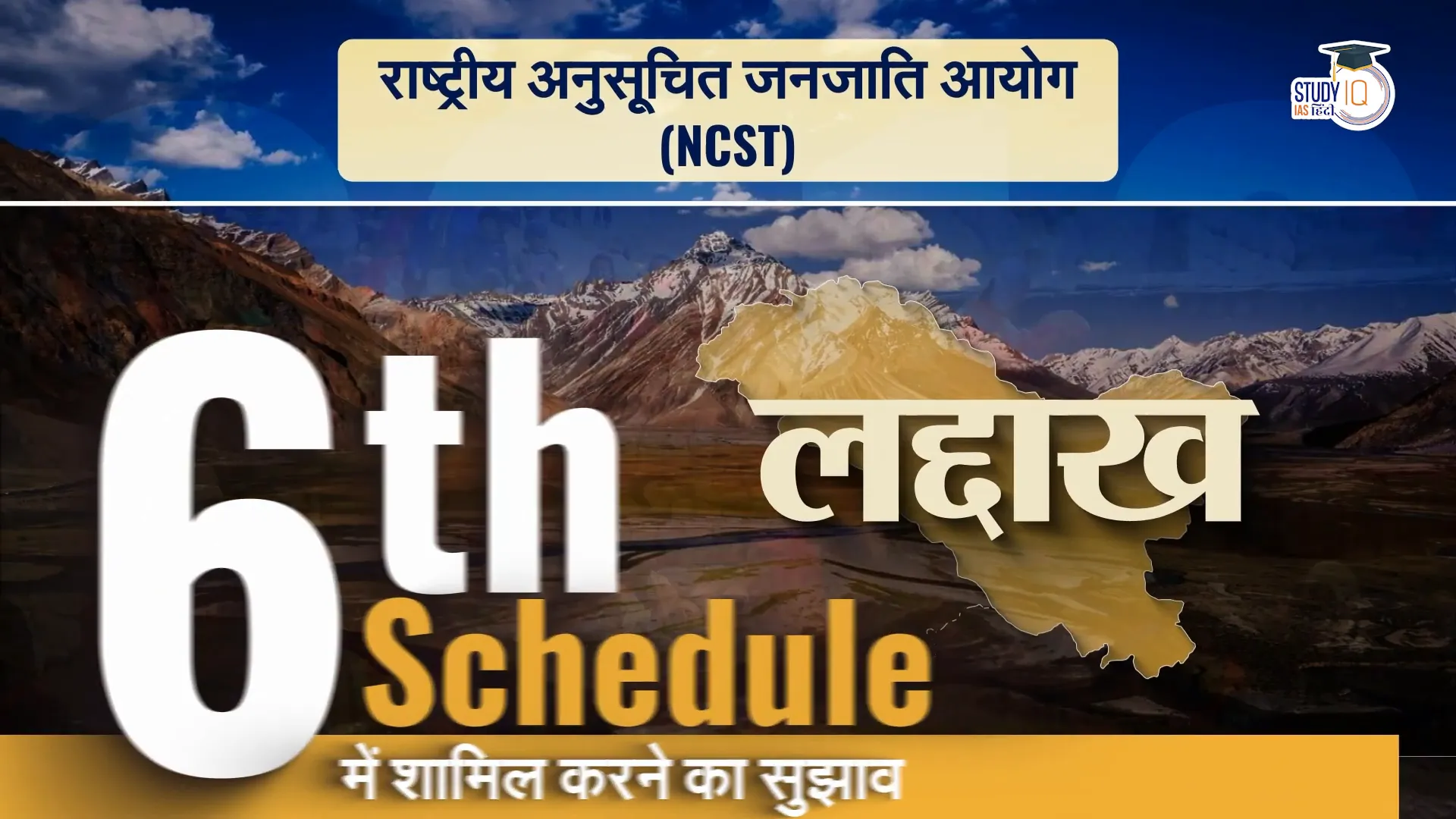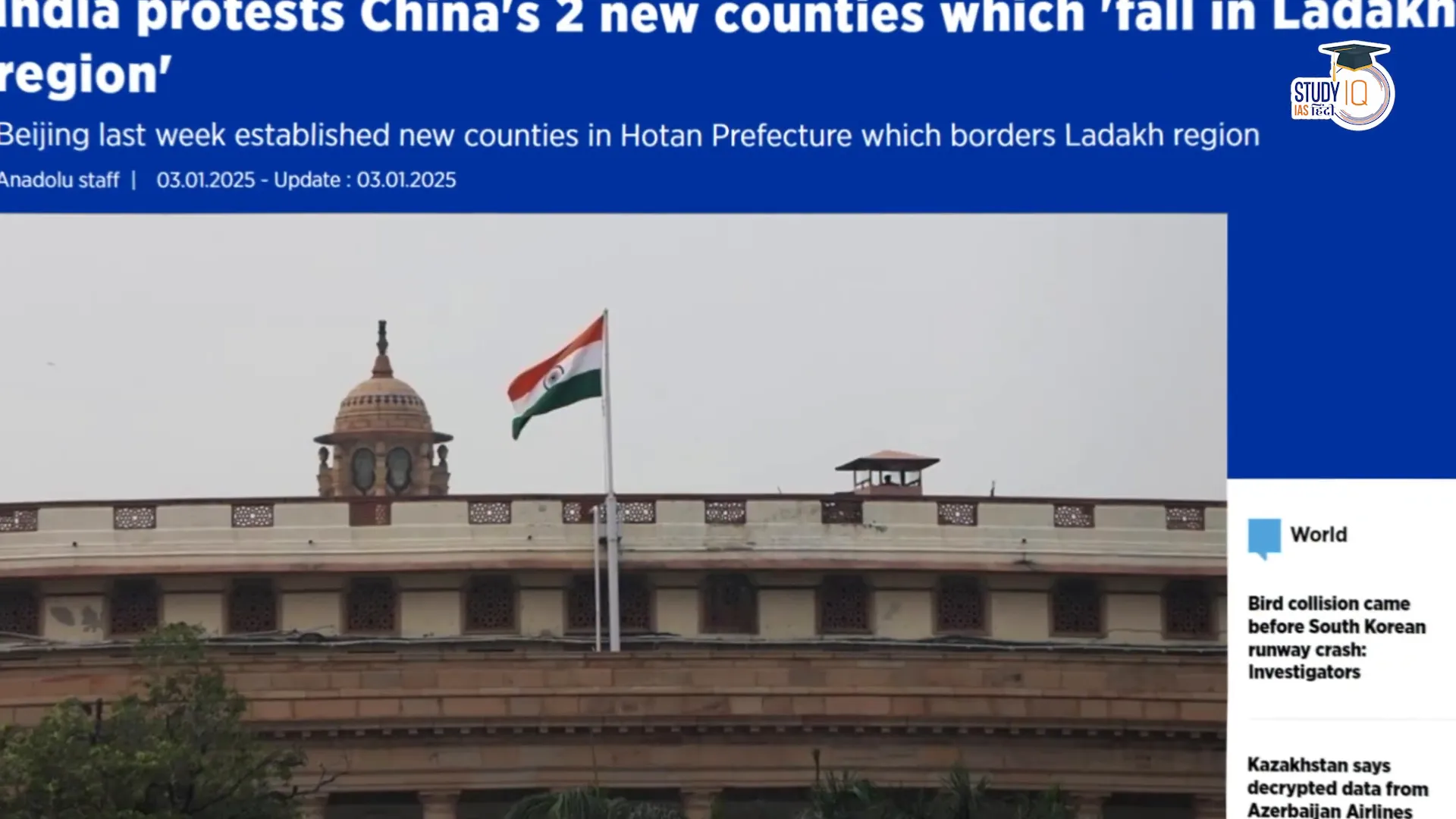
Understanding Ladakh’s Demand for Inclusion in the Sixth Schedule

Ladakh, known for its breathtaking landscapes and rich culture, is at the centre of a significant political movement. Recent demands from local leaders and activists, including notable individuals such as Sonam Wangchuk, have sparked discussions about the need for greater autonomy and representation for Ladakh. This blog explores the rationale behind these demands, the implications for the Sixth Schedule of the Indian Constitution, and the broader context of the region’s unique challenges.
What Drives the Demand for Autonomy?
At the heart of the movement to include Ladakh in the Sixth Schedule of the Indian Constitution lies a desire for greater political representation and autonomy. Following the reorganisation of Jammu and Kashmir in 2019, which led to the creation of Ladakh as a union territory without legislative powers, local leaders have expressed concern over their diminished political voice.
Influential engineer and environmentalist Sonam Wangchuk has been vocal on these issues. He and other activists argue that the current administrative structure, which places Ladakh under the direct control of the central government, has resulted in a lack of local governance and representation.

Understanding the Sixth Schedule
The Sixth Schedule of the Indian Constitution provides for the administration of tribal areas in some northeastern states. It allows for the establishment of Autonomous District Councils (ADCs), which have legislative, executive, and judicial powers over certain local matters. This framework is designed to empower local tribes to manage their own affairs, ensuring that their cultural and economic rights are protected.
In contrast, the Fifth Schedule covers areas with significant tribal populations, but does not provide the same level of autonomy. Councils established under this schedule play a primarily advisory role, with no legislative powers like those held by ADCs.

The Unique Challenges of Ladakh
Ladakh’s geographic and ecological characteristics contribute to its unique challenges. The region is classified as a cold desert, with annual rainfall of only 3.2 inches and average temperatures around 5 degrees Celsius. This extreme environment presents significant challenges to agriculture and sustainable living.
As tourism has grown from 500 visitors in 1974 to over 500,000 today, pressure has increased on Ladakh’s fragile ecosystem. Local resources are under increasing pressure and pollution levels are rising, threatening both the environment and the livelihoods of local residents.

Why the Sixth Schedule?
Several factors are pushing for Ladakh’s inclusion in the Sixth Schedule. First, local leaders argue that the designation will empower them to make decisions about land use, resource management, and cultural preservation. Given Ladakh’s unique ecological and cultural landscape, local governance is critical to effectively addressing these issues.
In addition, fears of loss of identity and environmental degradation have fueled demands for constitutional protection. The Sixth Schedule would provide mechanisms to ensure that development projects consider local needs and ecological sustainability.

The Government’s Stance
The Indian government has been hesitant to grant Ladakh the status of a Sixth Schedule region. Officials argue that the Sixth Schedule is specifically designed for the northeastern states and that the existing governance structure is sufficient to meet Ladakh’s development needs.
The Home Ministry has pointed to increased job reservations and funding as evidence of the government’s commitment to the region. However, local activists argue that these measures are inadequate and do not address the core issue of representation. They believe that without the autonomy provided by the Sixth Schedule, Ladakh’s unique cultural and environmental needs will continue to be ignored.

Conclusion: The Path Forward
The situation in Ladakh is emblematic of a larger struggle for autonomy and recognition among indigenous communities across India. As the region grapples with rapid development and the implications of climate change, the demand for inclusion in the Sixth Schedule reflects a deep desire for local governance and environmental protection.
Ladakh’s future hinges on striking a balance between national security concerns and the rights of its people. Engaging in meaningful dialogue and exploring potential avenues for greater autonomy will be crucial in addressing the aspirations of Ladakh’s residents as well as preserving the region’s ecological and cultural integrity.
As discussions continue, the voices of Ladakhis like Sonam Wangchuk will remain crucial in advocating for their rights and ensuring that their unique identity is not lost in the face of modernisation.







